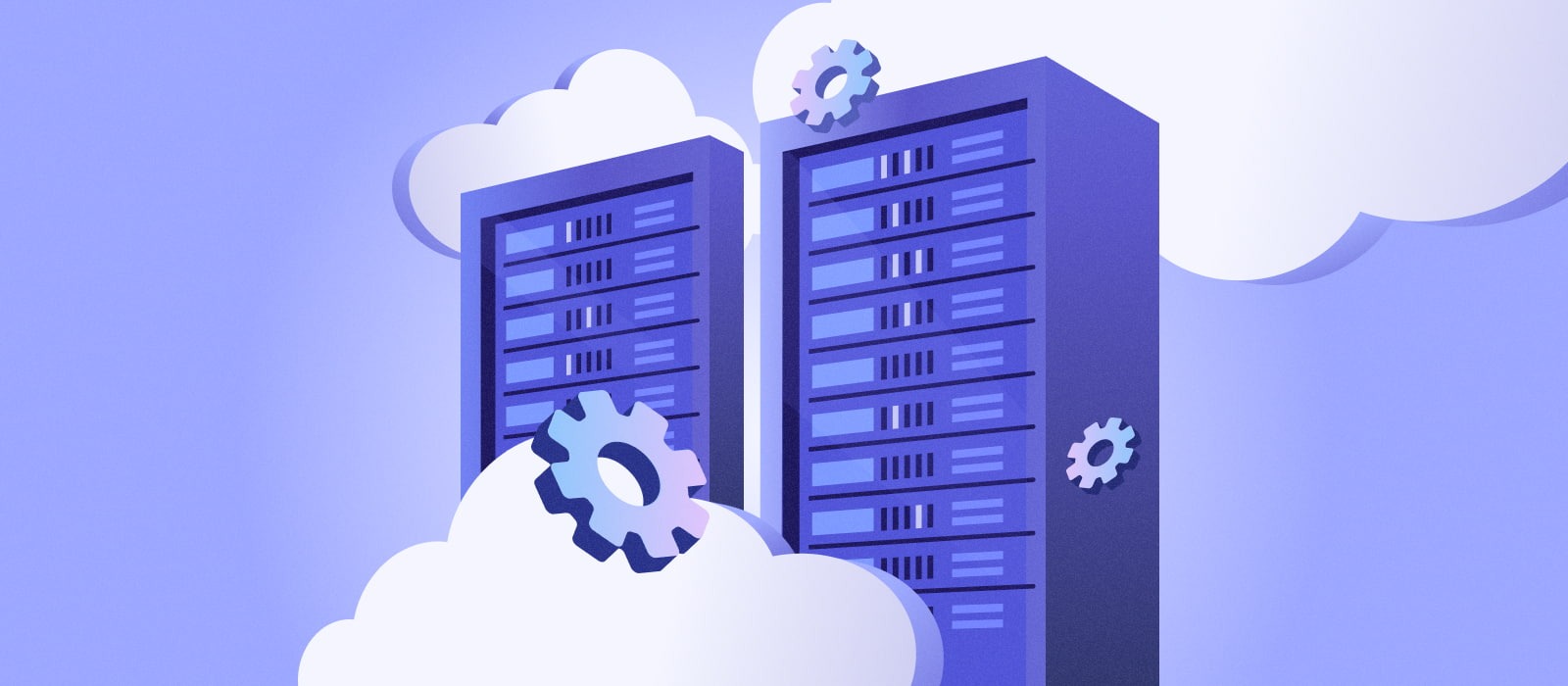Imagine your customer data as pieces of a jigsaw puzzle scattered across departments, platforms, and spreadsheets. Without the right strategy, this chaos leads to missed opportunities and fractured insights. Enter customer data integration (CDI)—the art of assembling these fragments into a cohesive picture. Paired with data maturity models, which gauge an organization’s ability to harness data, CDI transforms disarray into clarity. Let’s explore six techniques that bridge gaps and elevate data maturity.
1. The Time-Tested Maestro: ETL (Extract, Transform, Load)
ETL acts like a meticulous librarian, gathering data from disparate sources (emails, CRMs, spreadsheets), standardizing formats, and shelving it into a central warehouse. Ideal for batch processing, it’s the backbone for companies early in their data maturity journey. While not real-time, ETL lays the groundwork for cleaner, analysis-ready data.
Why it matters: Perfect for organizations needing historical trends over instant insights.
2. The Real-Time Conversationalist: API-Based Integration
APIs are the polyglots of data integration, enabling systems to “talk” seamlessly. When a customer updates their profile on your app, APIs instantly sync this change across marketing tools, support platforms, and billing systems. This technique suits businesses at intermediate data maturity, craving agility without overhauling infrastructure.
Pro tip: Use APIs to keep e-commerce and loyalty programs in lockstep.
3. The Illusionist: Data Virtualization
Why move data when you can pretend it’s all in one place? Data virtualization creates a unified view without physical consolidation. It’s like using a magic mirror to see all customer interactions—past purchases, service calls, social media mentions—in real time. Ideal for mature organizations prioritizing speed over storage.
Bonus: Reduces costs associated with data duplication.
4. The Gatekeeper: Master Data Management (MDM)
MDM appoints a single source of truth for core data (e.g., customer IDs, contact details). Think of it as a bouncer ensuring only accurate, vetted information enters your systems. Companies with advanced data maturity models adopt MDM to maintain consistency across global teams.
Example: Ensuring “Alexandra Smith” isn’t duplicated as “A. Smith” in another database.
5. The Nervous System: Event-Driven Integration
This technique reacts to data changes instantaneously, like a reflex. When a customer abandons a cart, it triggers an email within seconds. Event-driven architectures thrive in dynamic environments (e.g., fintech, e-commerce), aligning with organizations that view data as a live entity.
Growth hack: Pair with AI to predict next-best actions in real time.
6. The Cloud Nomad: Cloud-Based Integration Platforms
Cloud platforms are the Swiss Army knives of CDI, offering tools for ETL, APIs, and more—all scalable. They’re perfect for businesses embracing hybrid or multi-cloud environments, a hallmark of high data maturity. Providers like AWS or Azure offer pre-built connectors, slashing development time.
Why go cloud?: Adapts to data volume spikes during holidays or sales.
Choosing Your Path: Aligning Techniques with Data Maturity
- Beginners: Start with ETL to build foundational hygiene.
- Intermediate: Layer APIs for real-time synergy.
- Advanced: Adopt MDM and event-driven systems for predictive prowess.
Each step up the data maturity model ladder unlocks deeper customer insights and operational efficiency.
